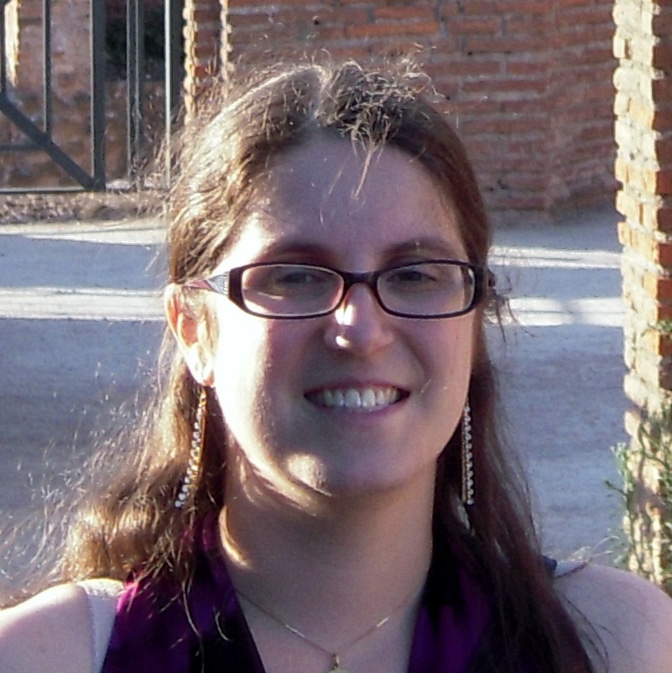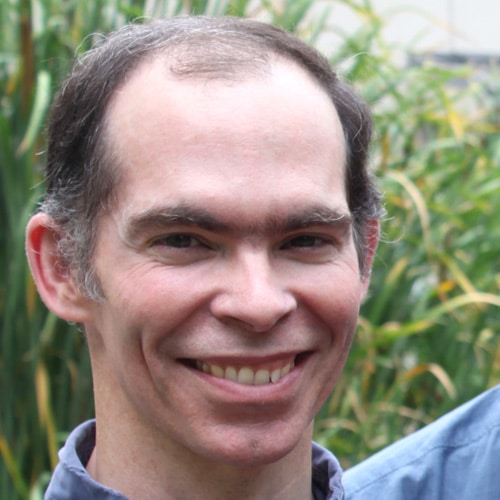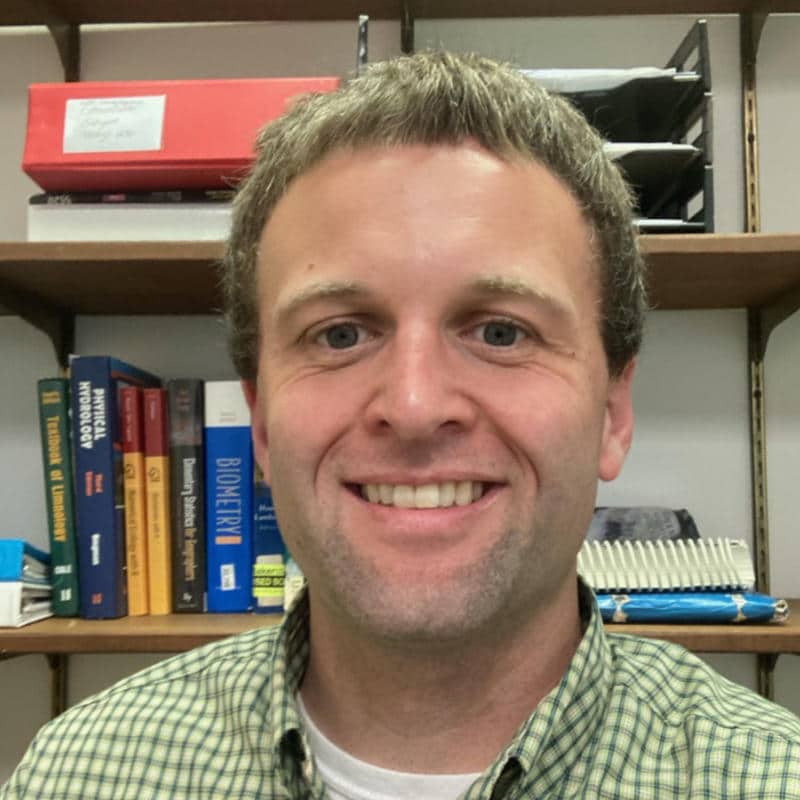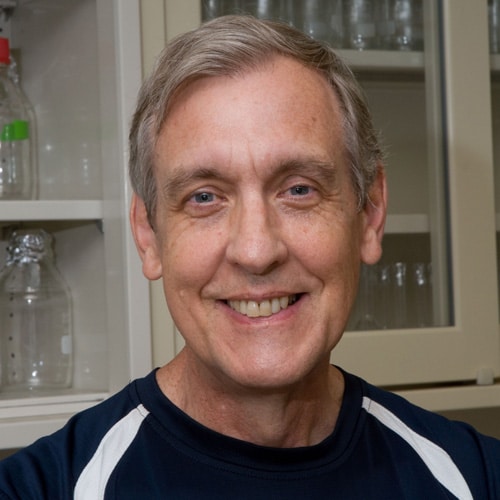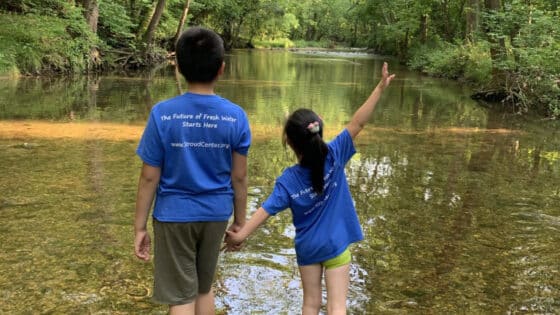The main focus of the Watershed Biogeochemistry Group is to investigate major elemental cycles in streams and their watersheds, particularly carbon, nitrogen, and phosphorus pools and fluxes. We are especially interested in quantifying and characterizing the rich array of organic molecules that exist in stream ecosystems, and serve as the main food source to microorganisms and consequently to all biological communities. Throughout the watershed, water is found in many places beyond stream channels, including aquifers, soils, and sediments. Our biogeochemistry laboratory has the capabilities to perform a wide range of chemistry analyses in water samples from all these places.
Watershed Biogeochemistry Staff
Watershed Biogeochemistry News

Sources and biogeochemistry of terrestrial dissolved organic carbon entering streams
Kaplan, L.A., and J.D. Newbold. 1993. Pages 139–165 in T.E. Ford (editor). Aquatic microbiology: an ecological approach. Blackwell Scientific Publications, Oxford, England.

Evaluation of utility laboratory personnel performance of a standardized AOC technique
Kaplan, L.A., M.W. LeChevallier, and T.L. Bott. 1992. Pages 1169–1185 in Proceedings of Water Quality Technology Conference, Orlando, Florida.

Assessment of [3H]thymidine incorporation into DNA as a method to determine bacterial productivity in streambed sediments
Kaplan, L.A., T.L. Bott, and J.K. Bielicki. 1992. Applied and Environmental Microbiology 58:3614–3621.

Comparison of high-temperature and persulfate oxidation methods for the determination of dissolved organic carbon in freshwaters
Kaplan, L.A. 1992. Limnology and Oceanography 37:1119–1125.

Habitat specific differences in persistence and effects of introduced cellulolytic bacteria used as surrogates for GEMS
Bott, T.L., and L.A. Kaplan. 1992. Pages 135–139 in J.E. Harvey (editor). Proceedings of the 4th Investigators meeting for EPA’s Biotechnology-Biological Control Agent Risk Assessment Research Program, Report No. EPA/600/R-92/147.

A survey of assimilable organic carbon, biodegradable organic carbon, and coliform growth response in drinking waters throughout the United States
Kaplan, L.A., D.J. Reasoner, E.W. Rice, and T.L. Bott. 1992. Revue des Sciences de l’Eau 5:207–224.

